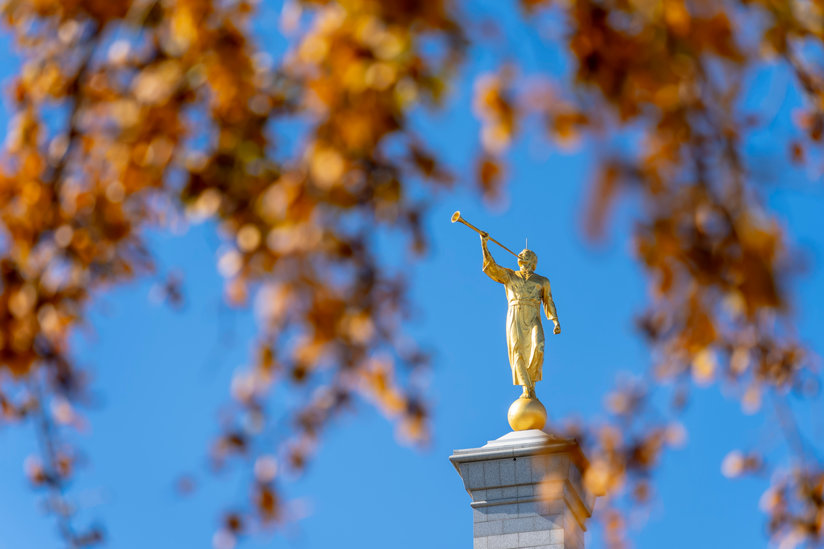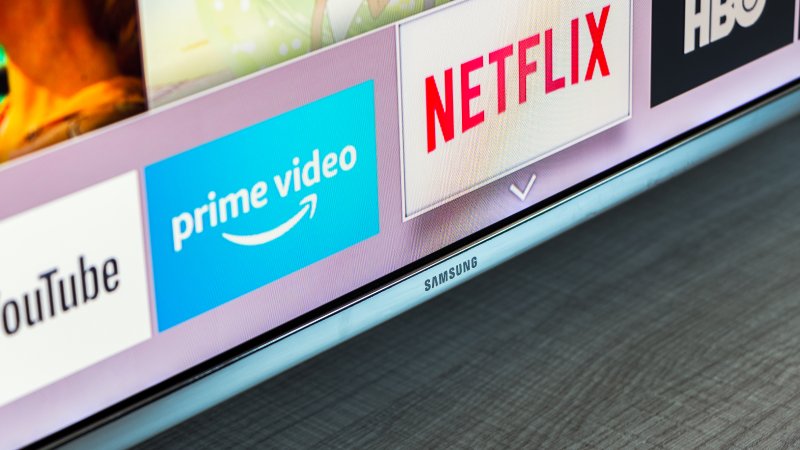
-
HOME
-
WHAT IS STANDOur Mission Our Values Our Help Contact
-
WHAT WE FIGHT FORReligious Freedom Religious Literacy Equality & Human Rights Inclusion & Respect Free Speech Responsible Journalism Corporate Accountability
-
RESOURCESExpert Studies Landmark Decisions White Papers FAQs David Miscavige Religious Freedom Resource Center Freedom of Religion & Human Rights Topic Index Priest-Penitent Privilege Islamophobia
-
HATE MONITORBiased Media Propagandists Hatemongers False Experts Hate Monitor Blog
-
NEWSROOMNews Media Watch Videos Blog
-
TAKE ACTIONCombat Hate & Discrimination Champion Freedom of Religion Demand Accountability
Murder Among the Mormons Spoiler Alert: It Wasn’t the Mormons
I just finished watching Murder Among the Mormons on Netflix. It left something in my craw. It’s technically a well-made film; the historical recreations are well shot and the actors they hired convincing. But it felt more like an anti-Mormon piece of propaganda than a true-crime documentary. And yet it shouldn’t be. Because the movie is really about the 1985 vicious murders committed by a deranged psychopath who is still serving time today.
But you sure wouldn’t think so from watching the trailer, or for that matter part one of this three-part series. Watch either and you are convinced that the “mean-old” Church of Jesus Christ of Latter-day Saints hired killers to knock off innocent people in order to protect its version of history.

Sociologists talk about “in-group favoritism,” meaning a person will tend to approve of types of people and institutions that they think are “in” and disfavor groups that are “out.” There’s an implicit bias towards that “out” group that propagandists love to exploit. Put it another way, it’s taking advantage of the bigoted “everybody knows.”
As in: “Everybody knows” that certain races are “inferior,” so it’s perfectly fine to use them as slaves. “Everybody knows” Native Americans will skin you alive so no guilt taking their land, and “everybody knows” Jews drink the blood of babies so let’s look the other way as the government slaughters 6 million.
There’s an implicit bias towards that “out” group that propagandists love to exploit.
In this case, the filmmaker is capitalizing on the bigoted fallacy that “everybody knows” Mormons are a rich, controlling “cult,” so let’s build our film around that premise. In episode one we’ll get the audience frothing paranoid about the LDS Church, and then in episode two we’ll reveal the twist: no, the Church didn’t plan the murders, Mark Hofmann did it because he was afraid that his massive forgery scheme—which itself was an attack on the LDS Church and the faith of millions (not the other way around)—would be exposed.
I know Mormons. I spent time in Utah. They’re about the friendliest, most ethical people you have ever met—kind and helpful. Like every religion, their precepts teach their followers to strive to do good, to live an honest life, to commune with the Divine. Yes, their religion is different. That’s right. All religions are. But religion is an attempt by man to rise above his baser self, to reach for the spiritual. Critics point to religious wars as proof that religion is a failure. And yet the biggest genocides of history were perpetrated by atheist regimes of the 20th century. We all know the Nazi’s staggering statistics of slaughter of Jews, Jehovah’s Witnesses, homosexuals and others, but less well known is the Russian terror famine of the early 1930s, or China’s mass murder of over 44 million from 1958 to 1962. These were countries in which religion was suppressed.
It’s tempting as a filmmaker to go for the low-hanging fruit—to play on people’s fears of the “out” group and reinforce those stereotypes to get some more clicks. But it’s unacceptable. My message is simple: hey filmmakers, take a hard look at your own implicit bias on religion. Because who knows, someday your own life might be helped, maybe even saved, by someone kind, someone working on being a better version of themselves—yes, that’s right: someone religious.









